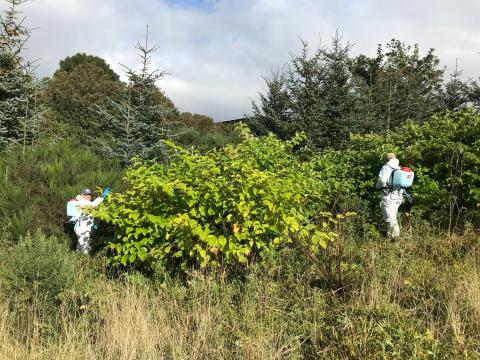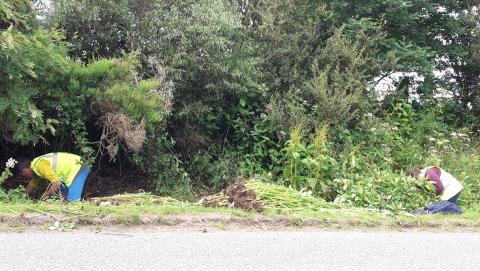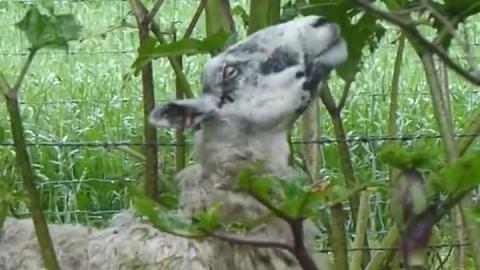We want to share our knowledge and any research into managing invasive species, so below are some case studies and site studies that report on our work.
Case studies showcase some of the work that the Scottish Invasive Species Initiative and our partners have been delivering and cover a variety of examples of our work with communities and also our experimental trials. Site studies focus on the detailed managment at a specific site and report on what control work was delivered and the results seen etc.
If you’d like any more details or would like to discuss them with us please don’t hesitate to get in touch.
You can also download each case study as a pdf document, the link is at the bottom of the case study text. (Please note pdf documents are not fully accessible).






















